Fresh powder, lots of it, almost every day — that simple combination is enough to bring hundreds of thousands of skiers and snowboarders to the slopes of the western Hokkaido town of Niseko every winter.
Niseko’s snow bounty is thanks to a steady stream of wet, cold air blowing across the Sea of Japan from Siberia, which, halted by the mountain ranges of Niseko and the towering Mount Yotei, dumps anywhere from 10 to 40 centimeters per day on the area’s resorts like clockwork. Major storms often lay down an entire meter of snow in a single day.
These four resorts — Annupuri, Grand Hirafu, Niseko Village and Hanazono — offer a wide variety of terrain, views and conditions. All are close enough that visitors can go from one to another without having to take off their skis.
Annupuri borders a large national park and thanks to its aspect often receives the most snow. The base of Grand Hirafu is where most of the hotels and restaurants in Niseko are centered. Skiers and snowboarders of all levels can find slopes to challenge them here, and many runs are lit up at night for those times when the snow is too good to quit. While Niseko Village features gentle runs for beginners near the base, up top has steep and demanding terrain for those looking for an extra challenge. The village here is more low-key than Hirafu, but still offers a wide variety of lodging and dining options. Hanazono is the smallest of the four areas but is the access point for a major area of off-piste powder. It also boasts two terrain parks with jumps, rails and kickers for snowboarders looking to polish old tricks or learn new ones.
The legend of Niseko powder is enough to draw visitors from thousands of kilometers away, including many seasoned powderhounds who have sampled the premier slopes of the American Rockies or European Alps. Yet if the snow is the main event, part of Niseko’s attraction is also the chance to experience the culture of Japan, Hokkaido in particular.
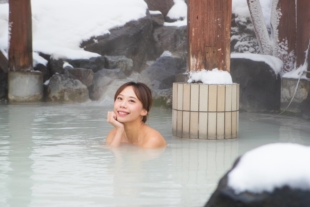
Two of the top ways to experience the local culture are by immersing one’s taste buds in the rich flavors of its cuisine and by immersing one’s body in the soothing waters of its hot springs. It would be difficult to imagine a more perfect day than one in which the daylight hours are spent carving through fresh powder, then soaking tired muscles in a steaming outdoor bath with a view of the nighttime winter wonderland, and topped by a hearty meal of local delicacies.
Many of the larger hotels have hot springs that are open to non-guests for a small fee. Some smaller lodgings also have baths, while several facilities are open to all comers, including some that rent out private “family baths” by the hour for those who are not ready to take the plunge in front of others.
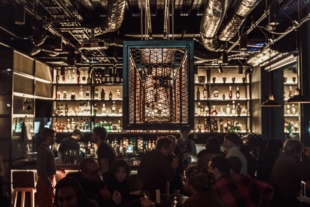
Niseko’s dining scene runs the gamut from elegant sushi establishments and cutting-edge foodie joints to down-to-earth spots serving hearty Sapporo miso ramen and juicy hamburgers made with Hokkaido beef. A local specialty is soup curry, a spicy stew with chunky vegetables and usually, chicken or pork, served up hot for lunch and dinner at Tsubara Tsubara. For dessert, dairy products are a Hokkaido specialty. Milk Kobo can satisfy a sweet tooth with its creamy ice cream, pudding, cream puffs and many other items. Deciding what to have for dinner might be tougher than Annupuri’s black diamonds. A visit to Musu, Toshiro’s Bar, Bar Gyu + or one of the many other stylish establishments is a great way to relax with friends or meet new ones.
No matter how good the powder is, even the strongest legs may need a rest after a few days. Other options for outdoor thrills include snowmobiling through the area’s forests and meadows, or flying down slopes on inner tubes or inflatable rafts.
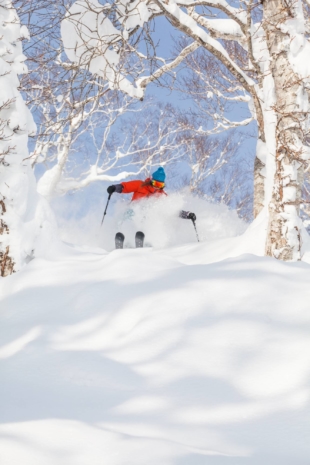
Cultural and sporting events are another way to experience Niseko. Several celebratory and traditional events are held around New Year’s, including fireworks, mochi rice pounding and sunrise gondola rides. The resorts host many ski and snowboard tournaments. Toward the end of the season is the Niseko Shootout Short Film Festival, which also hands out awards for an ongoing photo contest. The winner of this year’s grand prize was “The Secret of Bottom Turn Island,” a cheeky spy story about the search for a snow paradise.
As the coronavirus pandemic began affecting Hokkaido and the rest of Japan around the end of the 2019-20 ski season, Niseko’s resorts, hotels, restaurants and other businesses have had all summer to prepare for the coming winter. In addition to following the national, prefectural and town governments’ recommendations, many local businesses and organizations have announced their own plans to keep visitors safe while ensuring they can still enjoy everything the area has to offer.
On the slopes, nearly all lifts will be limited to half capacity unless riders are part of the same family or group. Services at some restaurants and lodges will be simplified, and a few will not open at all this year. Still, most businesses are planning on operating normally, or as normal as can be expected in these times. At present, Hokkaido’s official alert level is stage 1, the lowest, which means infection numbers are low. However, people still should be careful about infection control, such as through social distancing and wearing masks indoors or in crowded places.
Niseko will continue to develop into one of the world’s top winter resort areas. This year may be a little different due to the pandemic, but the coronavirus will not affect the snow. Niseko has something to suit any taste and fit any budget, from luxury suites and exquisite kaiseki traditional Japanese multicourse dining to cozy pensions and homestyle teishoku set meals. Yet its best asset, that fluffy powder snow, is both priceless and free in the way only a gift from nature can be.



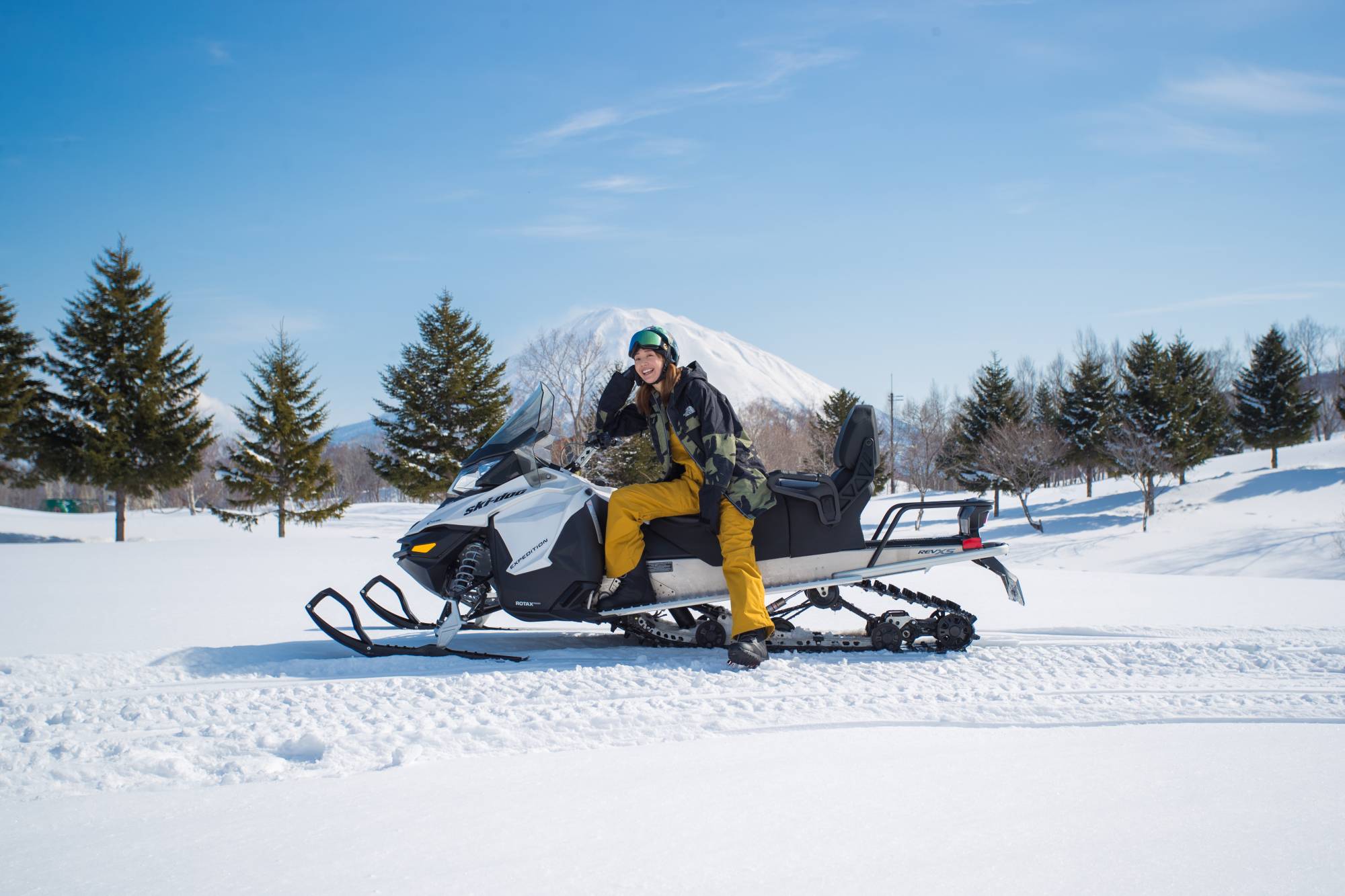
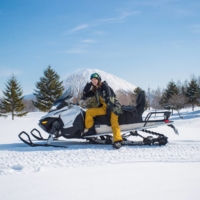
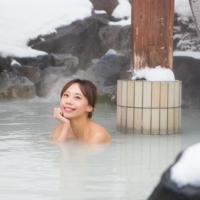
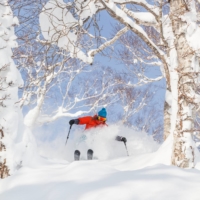
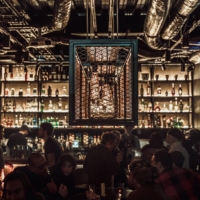















With your current subscription plan you can comment on stories. However, before writing your first comment, please create a display name in the Profile section of your subscriber account page.